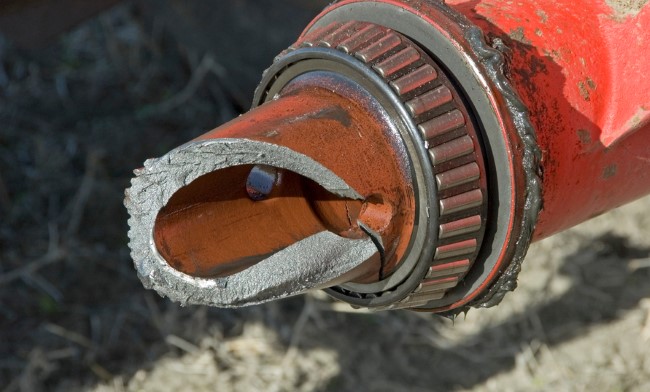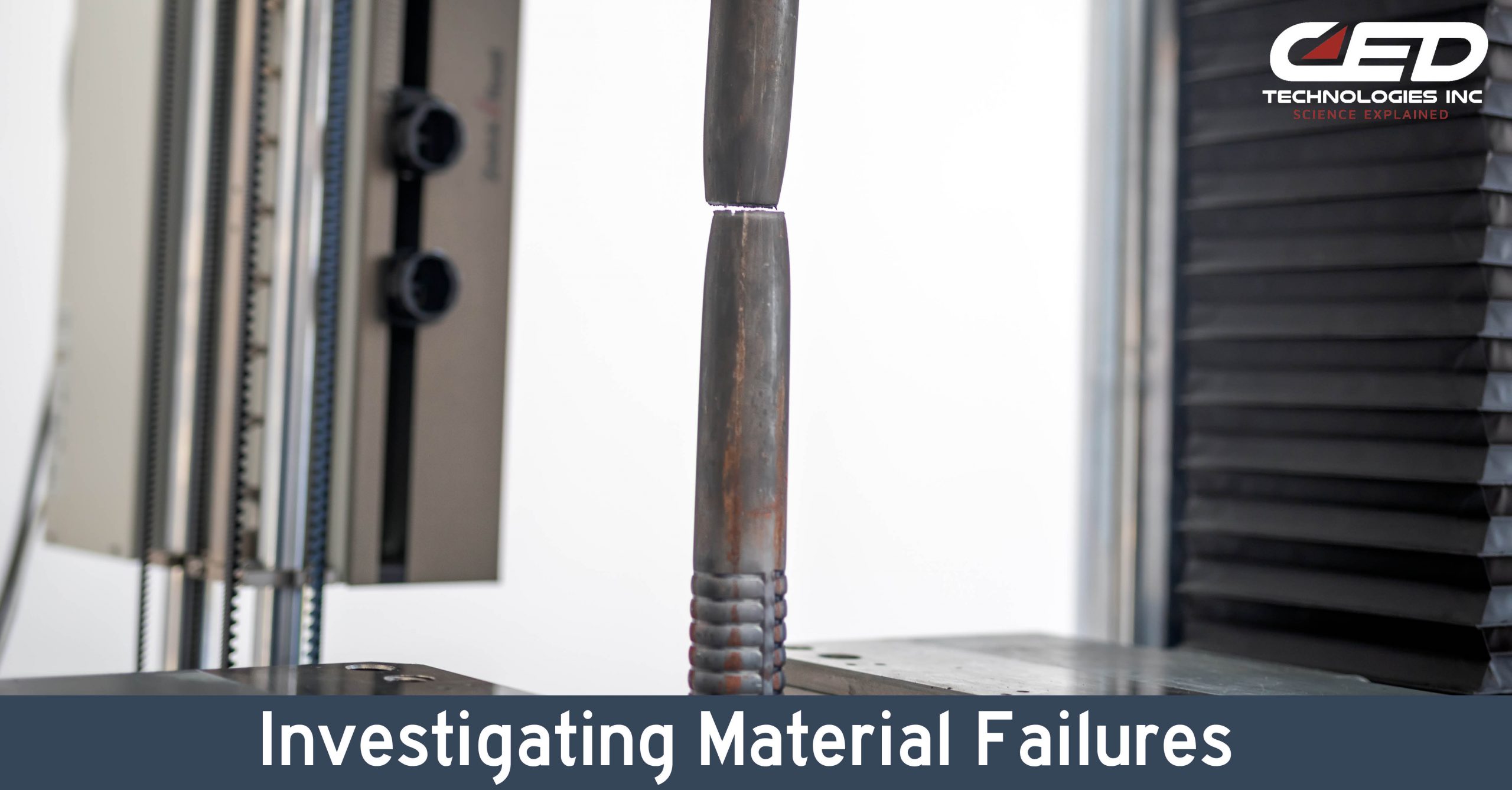Today, in most product liability cases in the court system or with insurance companies, the alleged cause of the accident is either misuse or material failure. Accidents including people falling off ladders, chairs or bicycles and the failure of machinery and motorized vehicles can be caused by or contributed by material failure. Materials such as metals, plastics, ceramics and glass can fail immediately or breakdown over time through two different mechanisms: stress and fatigue.
Stress, or what some experts call a fracture, is when someone or something applies a load that exceeds the ultimate strength of a material. An example would be a tow hitch on a car that is rated for 3,000 lbs. and the user pulls a load of 9,000 lbs.
This overload of the material can contribute to an immediate accident or accelerate the breakdown of the materials. This is why most tow hitches are supplied with warnings, ratings and consumer education material. The second failure mechanism is fatigue. Fatigue is a phenomenon leading to fracture under repeated or fluctuating stresses having a maximum value less than the ultimate strength of the material. Fatigue fractures are progressive, beginning as minute cracks that grow with the application of cyclic stress.
CED Investigative Technologies Inc. has several metallurgists who can inspect these materials visually by using the latest technology to determine whether a particular material failed from stress or fatigue. During the visual inspection, the metallurgist views the material under increasing magnifications to look for stress or fatigued related evidence such as plastic deformation, tearing, brittleness and necking. Necking is found in ductile metals or flexible metals where an extreme stress has been applied. Along with a visual inspection, CED metallurgists can also perform a series of tests using an Emission Spectroscope, a Fourier Transform Infrared (FT-IR) spectrometer and/or Tensile Testing Machines to determine a material's composition and strength .
Material failure investigations, including analysis of excessive stress and fatigue, have helped CED properly determine whether material failure is a contributing factor or the main cause of an accident.






